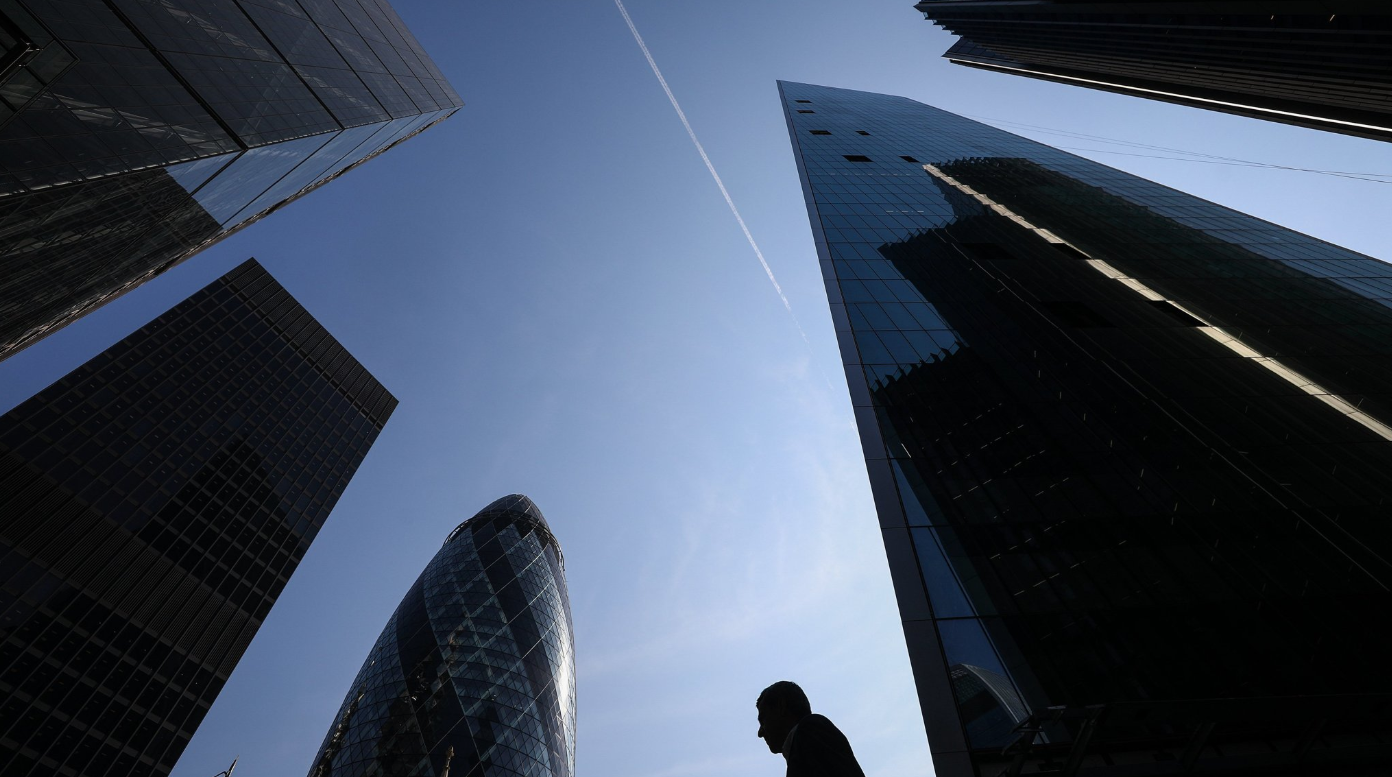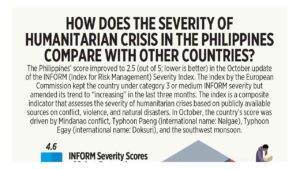Debt service payments plunge in March

THE NATIONAL GOVERNMENT paid P67.39 billion in debt in March, plummeting from a year ago, due to huge amortization payments made during that period, the Bureau of the Treasury (BTr) reported.
Data from the BTr showed the March debt service bill declined by 75% from P268.41 billion in March 2021, and increased by 121% from P30.42 billion seen in February 2022.
Of the total debt service bill for March, 82% went to interest payments, and the rest to actual principal repayments.
Interest payment rose by 16.5% to P55.5 billion in March from P47.67 billion in the same month a year ago.
Of the amount, interest on local borrowings jumped by 20% year on year to P47.4 billion, while interest on foreign obligations dipped by 2% to P8.22 billion.
Domestic interest payments consisted of P28.68 billion in fixed-rate Treasury bonds, P16.95 billion in retail Treasury bonds, and P1.60 billion in Treasury bills.
Meanwhile, principal payments for March slumped by 95% to P11.84 billion from P220.74 billion a year ago.
Payments to foreign obligations made up the bulk at P7.53 billion, representing 63.5% of the total, while payments for domestic debt reached P4.31 billion.
For the first quarter, the National Government’s debt service bill stood at P313.65 billion, falling by 40% from P521.50 billion a year ago.
Principal repayments made up roughly half of the total debt service bill at P164.32 billion in the first three months of 2022. This was 58% lower than the P395.65 billion in the first quarter of 2021.
Meanwhile, total interest payments for the first quarter reached P149.32 billion, declining by nearly 16% from the same period last year.
The government borrows from foreign and local sources to plug its budget deficit as it spends more than it makes to support programs that will stimulate economic growth.
The Philippines logged a debt-to-gross domestic product (GDP) ratio of 63.5% as of the first quarter. This is higher than the 60% debt-to-GDP ratio considered manageable by multilateral lenders for developing economies.
This year, the government expects the economy to grow by 7-9%. Philippine GDP expanded by a faster-than-expected 8.3% in the first quarter.
Fitch Ratings earlier this year affirmed the Philippines’ debt rating at “BBB,” the second-lowest investment grade, with a negative outlook. — Tobias Jared Tomas




